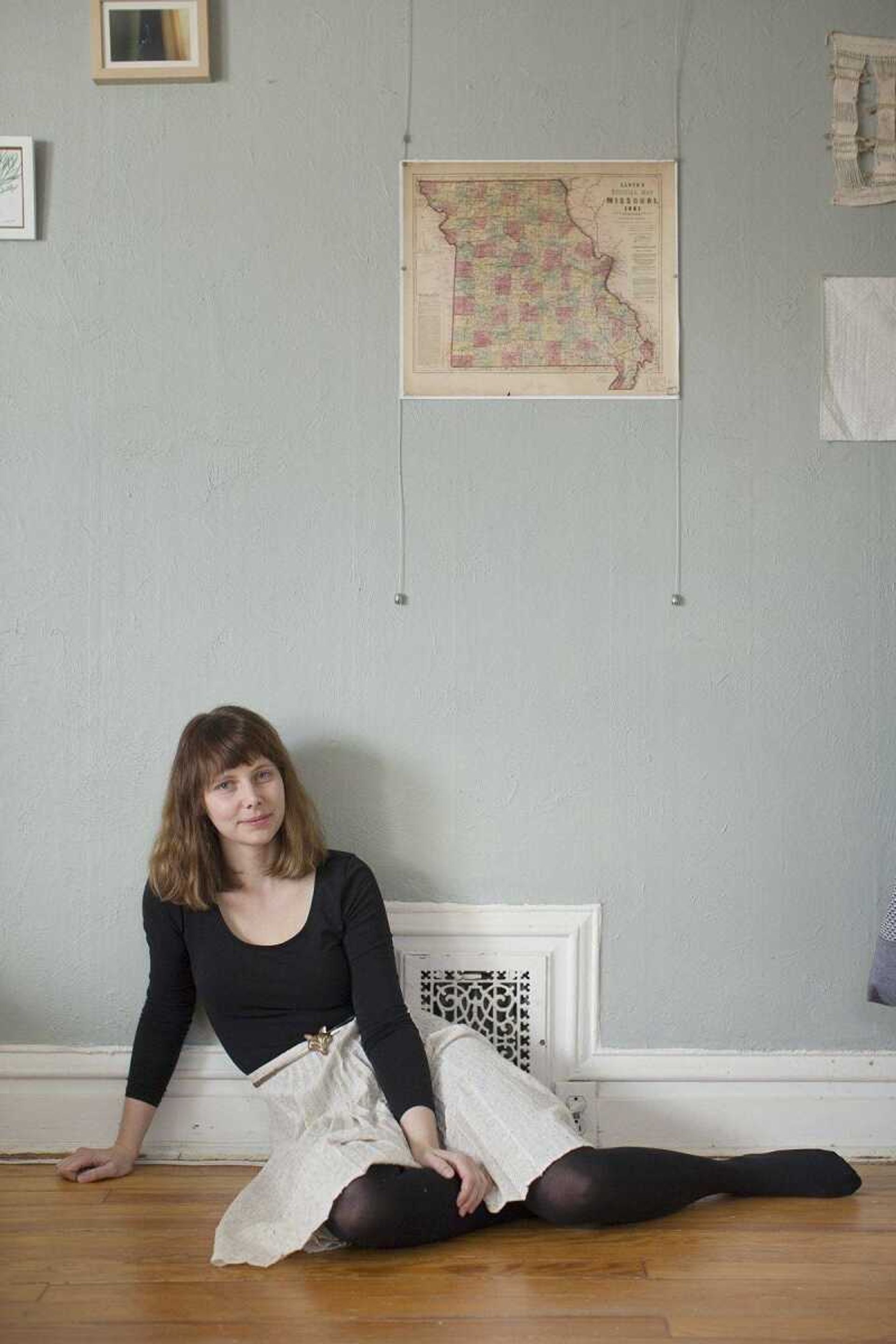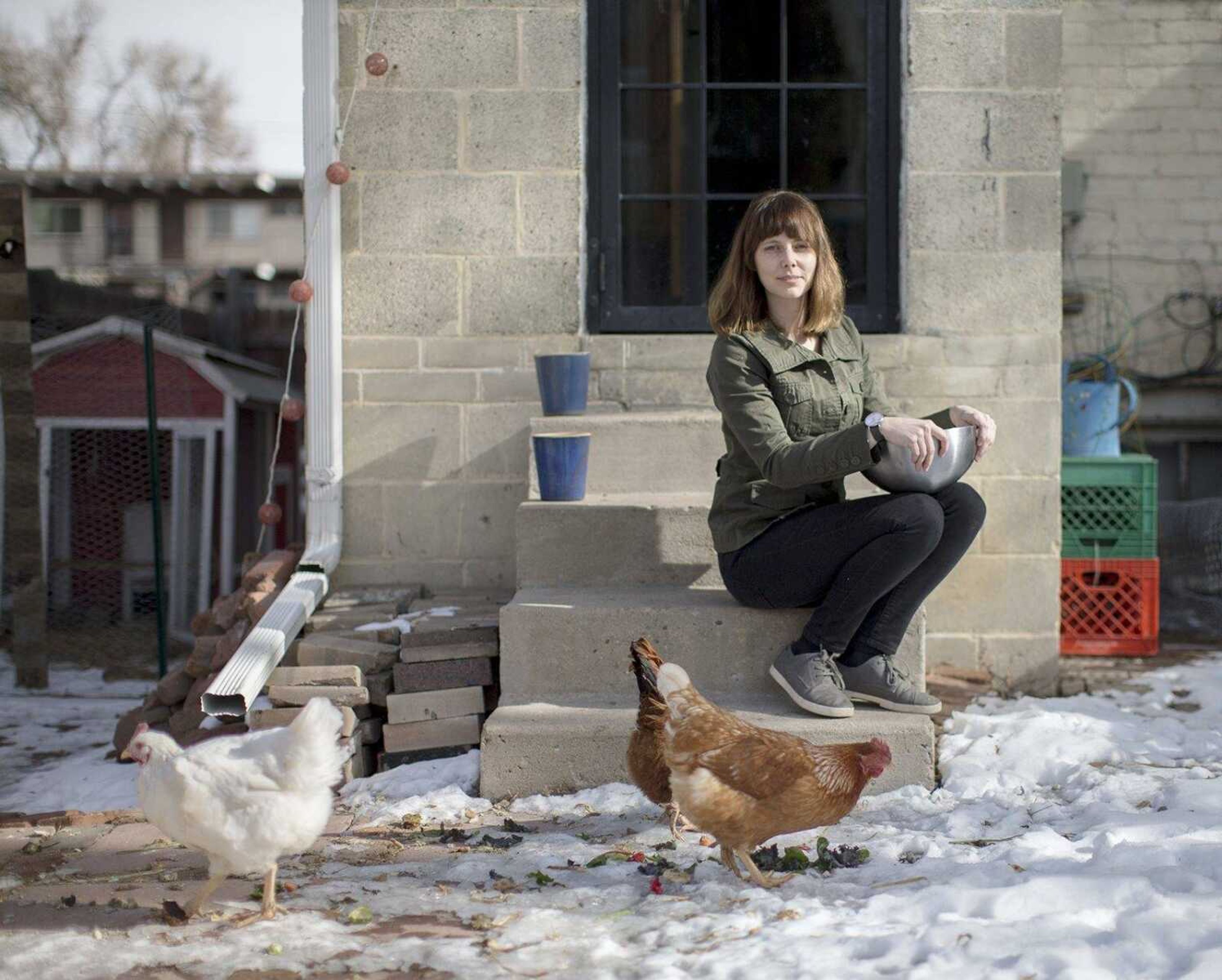PB native's photos document Ozarks society, culture
"We catched fish and talked, and we took a swim now and then to keep off sleepiness," is a quote from Mark Twain's novel The Adventures of Huckleberry Finn. It is also the inspiration for Poplar Bluff native Kayla Huett, who uses photography to document the essence of life in rural Missouri...
"We catched fish and talked, and we took a swim now and then to keep off sleepiness," is a quote from Mark Twain's novel The Adventures of Huckleberry Finn. It is also the inspiration for Poplar Bluff native Kayla Huett, who uses photography to document the essence of life in rural Missouri.
Huett's exhibit, "We Catched Fish and Talked," features selections that capture the people and landscape of her hometown. Her photos recently were displayed at the Margaret Harwell Art Museum (MHAM) and the Butler County Ag Expo.
Twain's quote comes near the middle of the book as the characters Huck and Jim are floating down the Mississippi River to flee being caught. Huett said in this passage, she has always pictured the pair floating near her childhood stomping grounds because in the following chapter they arrive in Cairo, Ill., a river town roughly 80 miles away.
"This small section perfectly captures the tone that I have toward Poplar Bluff. A deep sincerity of its traditions, a humor for the people, and a deep beauty for where I came from," Huett said.
After graduating from Poplar Bluff High School in 2009, Huett, who is now 26, enrolled at the University of Missouri (MU), where she studied photography and fiber arts. She said while in school, she displayed her photos mostly in art shows and exhibitions around campus.

In her senior year of college, Huett said she was selected to be part of a student group that provided original pictures for a traveling exhibit, called, "Revealing Place." Huett said the display eventually was collected by the Smithsonian American Art Museum. She said the photos she provided reflected her favorite subject, her hometown.
Huett said she is attracted to Southern Gothic literature and feels that an understanding of that type of writing is key to creating art in the sub genre. She said southern authors, such as Truman Capote, William Faulkner, and Flannery O'Conner, personified the American south in their writing.
"They understood that to keep these rich cultures alive, you have to pass it down to the next generation," Huett said. "Whether that be in the form of words, songs or images, to have a full understanding of setting is to have an intimate understanding of its culture and people."
Huett's goal is to provide an accurate portrayal of the modern-day people and landscapes akin to the region. She said she intends for her images to be used as a means of collecting research data by documenting "the complex society and culture of the Ozarks."
Huett said she tries to engage with her surroundings while maintaining a certain level of distance between herself and the subjects she photographs, which can sometimes be difficult.
"My objectivity is always slightly compromised because the subjects of my photographs are often people who are closest to me," she said. "These collections are successful when I play the role as a participant-observation in this community by separating myself just enough to be objective."
Huett, who now lives in Denver, Colorado, said she can trace her family's roots "all around Southeast Missouri since the late 1800s." She said she hopes to one day have her work permanently displayed at the Poplar Bluff Museum as a historian and artist next to the display case of her grandfather, Tom Croy.
"I have a deep longing for this region," Huett said. "This ancient mountain range that spans diagonally from Missouri to Oklahoma, which makes me think that I have a lot of ghosts here."
Huett's "We Catched Fish and Talked" exhibit at the MHAM was funded through MU's School of Visual Studies outreach program, which aims to provide professional opportunities to students after graduation, specifically in their hometowns.
Connect with the Southeast Missourian Newsroom:
For corrections to this story or other insights for the editor, click here. To submit a letter to the editor, click here. To learn about the Southeast Missourian’s AI Policy, click here.










